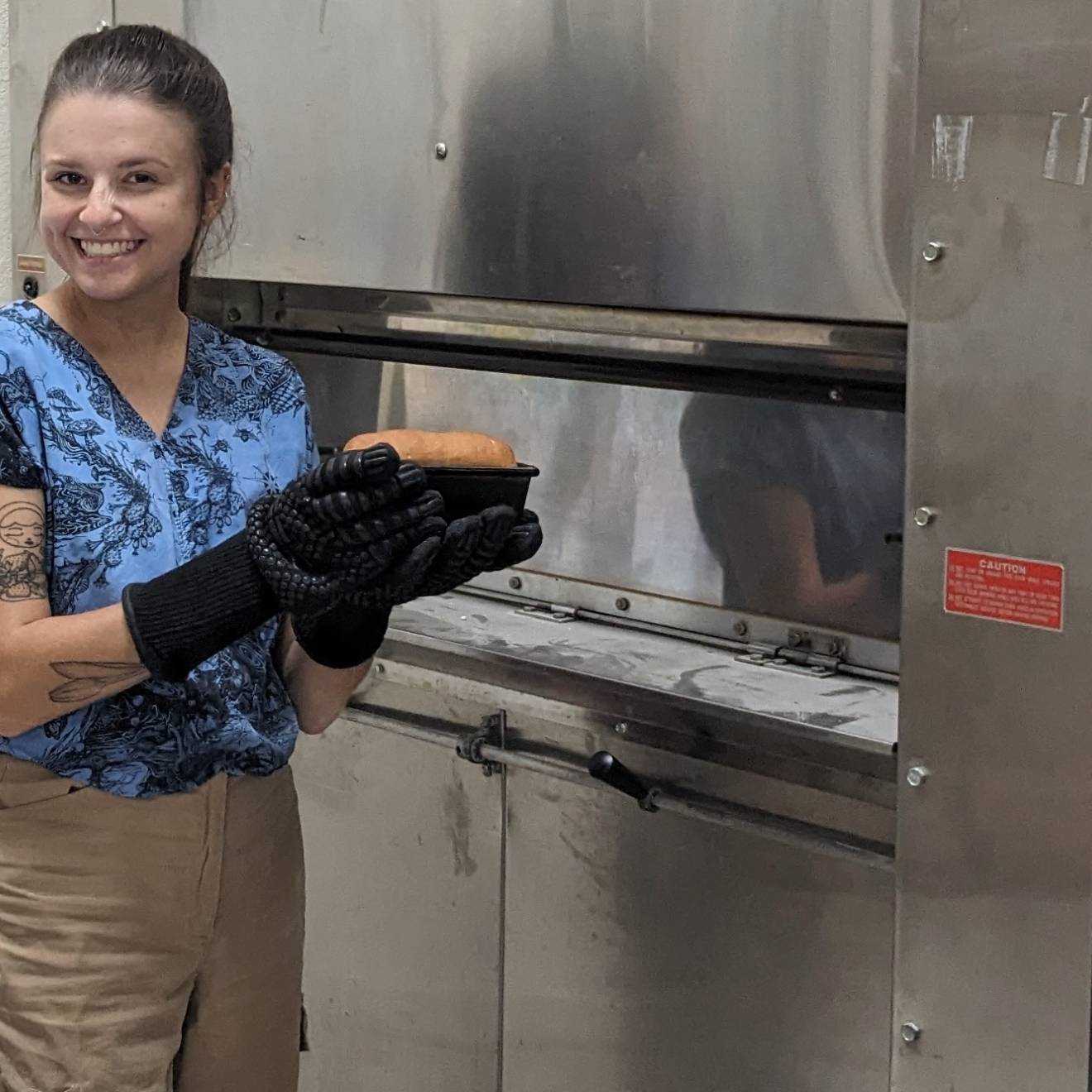Christina Johnson, UC San Diego

Wow — a tomato that actually tastes like a tomato. Imagine that. Now imagine that tomato in a salad, sandwich or compote at one of UC San Diego Health’s hospital cafés.
The farm-to-table movement — or more aptly the farm-to-cafeteria movement — is in full swing at UC San Diego Health, and with it a phytonutrient-rich rainbow of meal options for patients, visitors and employees.
“The emphasis on local produce is about offering the freshest, best-tasting foods to our patients,” said Chris McCracken, director of nutrition services at UC San Diego Health. “It is also about health and supporting the University of California’s broad sustainability efforts.”
Last year, UC San Diego Health’s two cafeterias — The Cove at Thornton Hospital and The Arbor Café at Hillcrest Medical Center — sourced 50 percent of its fruits and vegetables from local farms as per UC guidelines, up from 43 percent the year prior. About 18 percent of total food spending last year met UC’s sustainable food guidelines — only 2 percentage points shy of the UC’s goal of 20 percent by 2020 for all campuses and medical centers.
“We are very proud of what we are doing, and we are getting great feedback from our patients, too,” McCracken said.
The context for this enthusiasm is a lot of negative stereotypes about hospital food being bland and uninspired.
“Typically, hospitals have had a standard set of vegetables offered throughout the year,” McCracken said. “Patients got green beans, carrots and corn, and that was pretty much it. Now, we are able to serve wax beans, heirloom tomatoes and a variety of leafy greens. Last week, we had wonderful Brussels sprouts and now winter squashes are in season.”
“Roasted butternut squash is my favorite.”
Beyond gustatory pleasures, the embrace of the locavore movement can have real health benefits for hospital patients, too.
“It is common for a person who is ill or on a medication to experience a diminished or altered sense of taste or to lose their appetite,” said Amy Correa, patient services manager with nutrition services. “Fresh, locally grown in-season produce has the highest flavor profile. This helps our patients eat, heal and discharge sooner.”
The seasonal availability of locally grown produce also introduces natural variety in menu options, which is desirable for both patients who may be in long-term hospital care and staff. “We have patients who will be in our care for several months,” she said. “They don’t want to see the same menu items every day. With an emphasis on seasonal ingredients and daily specials, we can offer the variety people want.”
As part of the culinary upgrade, the kitchen at Thornton Hospital and Sulpizio Cardiovascular Center has recently been renovated and expanded so that it can operate like a made-to-order restaurant and still prepare more than 500 meals to inpatients daily, and an anticipated 1,000 plus meals when the 245-bed Jacobs Medical Center opens in 2016.
The new kitchen has made it possible for UC San Diego Health to launch a “room service attendant program” that permits patients to order and customize meals from a restaurant-style menu through an attendant who keeps track of patients’ dietary preferences, and dietary needs and restrictions.
The attendants also deliver the meals. “This room service program allows nurses to focus on nursing and it allows patients to order what they want when they want,” Correa said. “I am really excited about all the things we are now able to do for our patients.”

